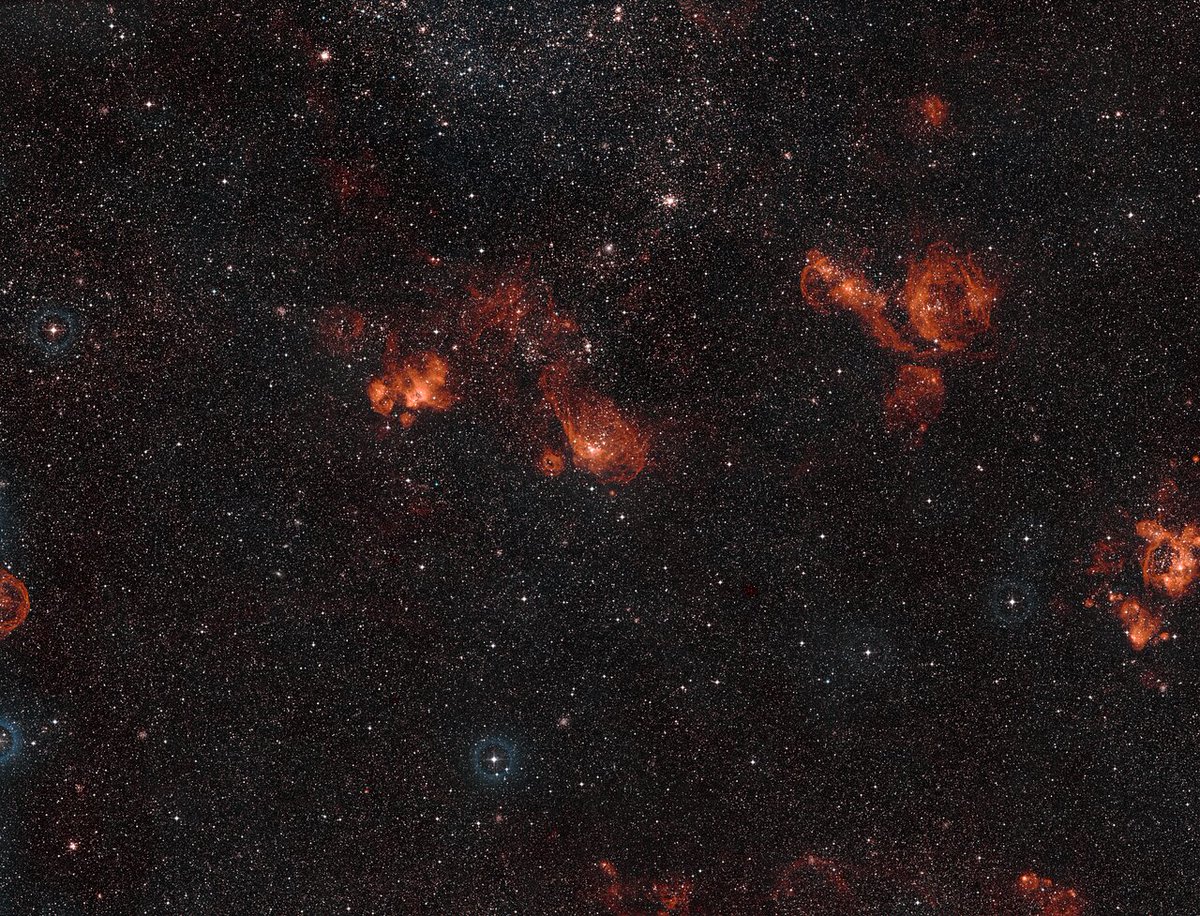
1/ 📢 Hubble’s sharp view captures spokes in #Saturn's rings — the enigmatic features whose presence and appearance vary with the Saturn seasons. The two smudgy spokes can be seen in the B ring, on the left in the image. 👇 esahubble.org/images/opo2305… 

2/ Like Earth, Saturn is tilted on its axis and therefore has four seasons, each of them lasting around seven Earth years. Equinox marks the height of spokes’ visibility, while during a solstice the spokes disappear.
3/ The spokes don't last long and their shape and shading varies, they can appear light or dark. They may be caused by the interaction between Saturn's magnetic field and the solar wind, which may also cause aurorae.
4/ The hypothesis is that spokes are dust-sized, icy ring particles being electrically charged and levitated, but this has not been confirmed. With Cassini's mission completed, Hubble is continuing the work of monitoring changes on Saturn.
• • •
Missing some Tweet in this thread? You can try to
force a refresh












